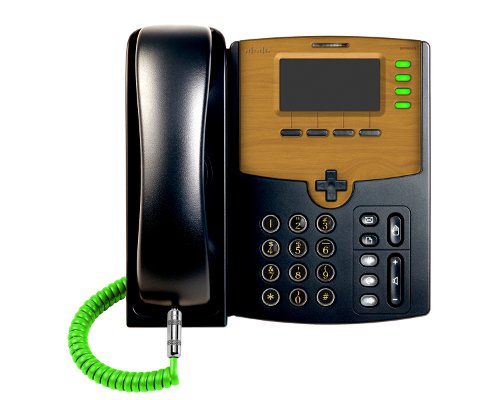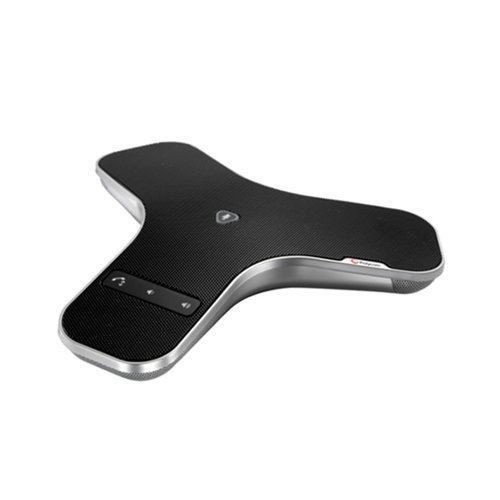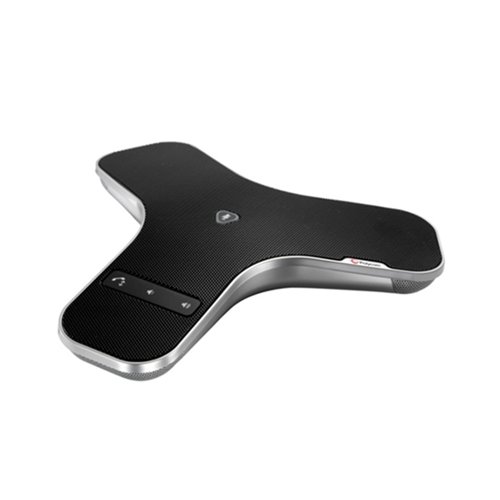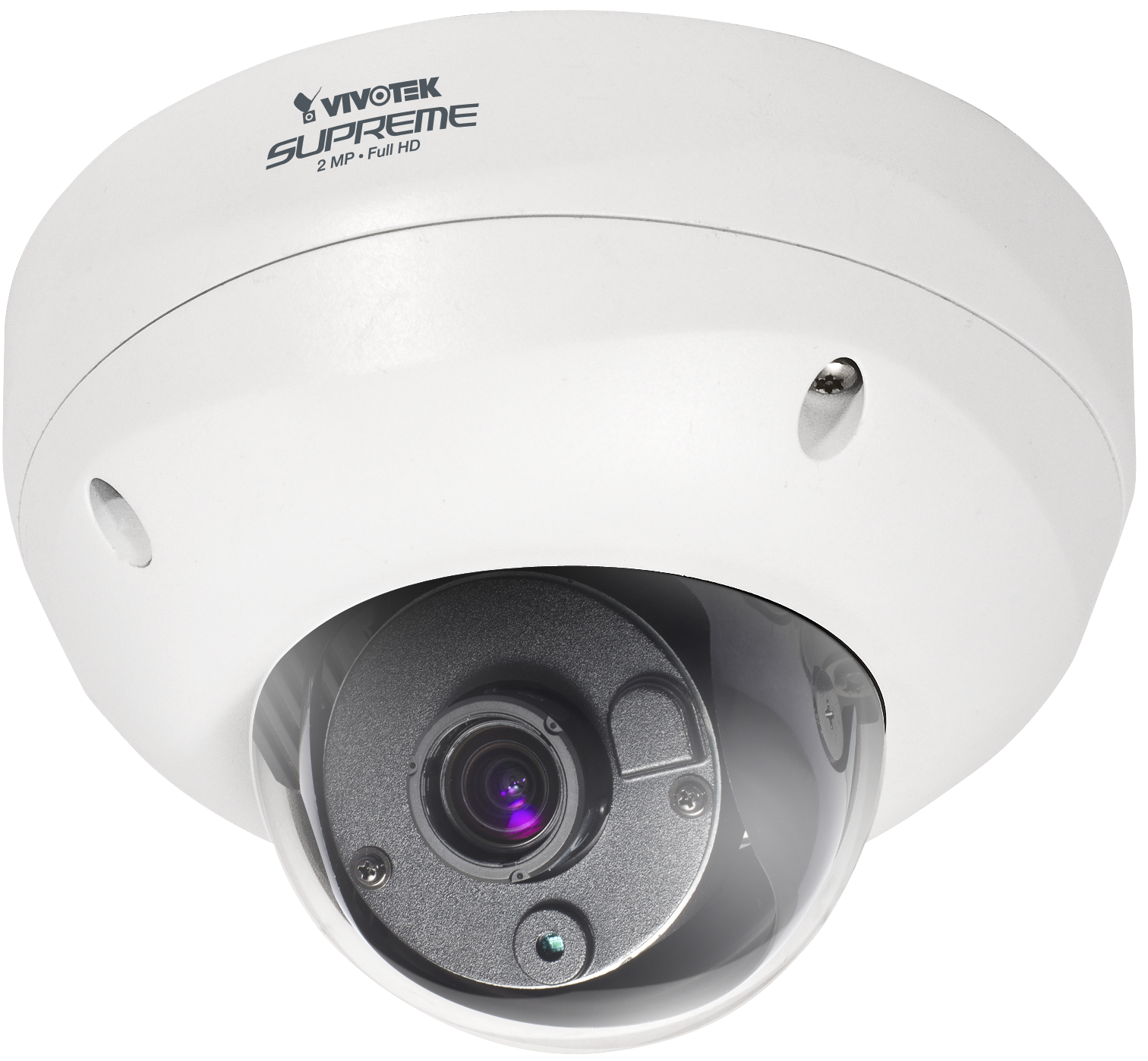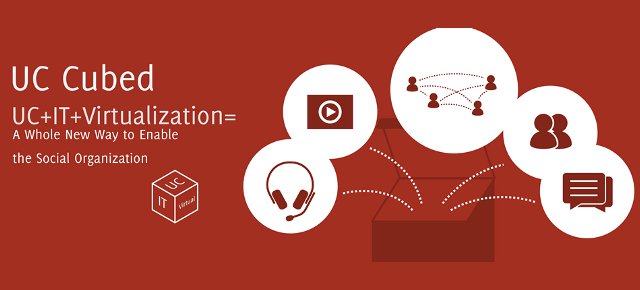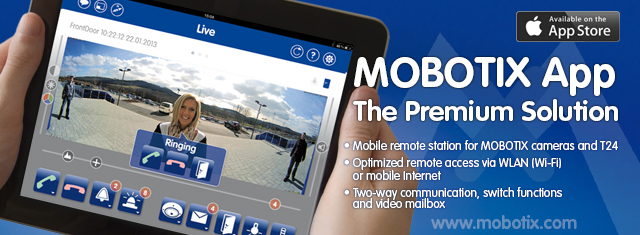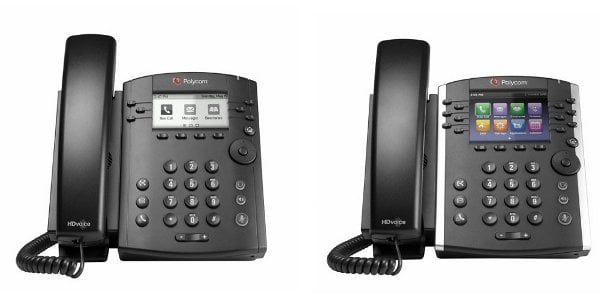Earlier this week I had a chance to talk with Simon Horton, Sangoma Director of Product Management. Based out of Sangomas London office, Simon joined Sangoma when they purchased VegaStream who he’d been with since 2003. We talked a little about England’s chances under Hodgson in Brazil 2014, which I ranked at quarterfinals at best but mostly we talked about the new Sangoma Session Border Controllers
This was the first time since the release of the Sangoma Session Border Controllers that I’d had a chance to talk with Simon and get an understanding of what he feels sets the Sangoma SBCs apart from those that are currently available on the market.

VoIP Supply – Before we talk about the new Sangoma Vega Session Border Controllers for those who aren’t aware can you explain what a session border controller or SBC is, what it does and what the benefits are.
Simon Horton – The role of an SBC is to sit on the edge of a network and act as the front door to all IP communications. This adds huge advantages as an SBC is intimate with VoIP it can take a much more active part in securing that network, easing interop, performing media tasks and dealing with policy control. These are areas when traditional firewalls and application aware firewalls do not do a good enough job. There are many disparate roles that an SBC can perform, but I think there are four main areas:
1. Security. Security in VoIP is a big problem including attacks that attempt to disrupt or prevent service, such as denial of service (DoS) or Distributed DoS, and also hacking attacks that can uncover user credentials that can result in toll fraud.
2. Connectivity. Interworking has always been a problem with SIP, both through protocol normalization, making sure that different SIP networks can talk effectively to each other, and firewall (or NAT) traversal, making sure that the signaling and media makes it along the whole route of the intended call.
3. Quality. This can be roughly translated as ensuring that the voice makes it from one end to the other with as little disruption as possible. This can be through packet marking to ensure that the media is treated with the appropriate
4. Media Services. This covers topics like media transcoding, DTMF interworking and call recording. Transcoding involves changing the type of media – the codec – being used in two networks from one type to another, typically to save bandwidth or ensure interoperability.
VS – There are four different versions of SBCs available from Sangoma, what type of deployment do you see each model best for?
SH – The four models are:
Vega Enterprise SBC
Vega VM Enterprise SBC
Vega VM/Hybrid Enterprise SBC
NetBorder Carrier SBC
At Sangoma our goal is to provide flexibility to our customers. For instance, we manufacture boards that fit inside servers to provide telephony connections to both open and closed source IP-PBXs but many customers prefer to use external gateways so we have the Vega gateway line to satisfy that need. We have tried to bring the same flexibility to our SBC offerings in that we offer both hardware and software solutions.
The Vega Enterprise SBC is a 1U hardware appliance that is really targeted at the small to medium enterprise with 50 to 1000 employees. Of course this has the advantage of being a ready-built appliance it is very quick and easy to install and configure.
The software only version of that product is the Vega VM Enterprise SBC. We see a great market where customers want to deploy SBCs on existing infrastructure and take advantage of all the flexibilities that virtualization brings. Again this solution is targeted at the small to medium enterprise.
For software deployments that require more media intensive applications, Sangoma has the Vega VM/Hybrid Enterprise SBC. This is a combination of the same great software line used in our other products but coupled with hardware based transcoding modules that can do the heavy lifting of media processing. This frees up the host CPU to such an extent that the solution can be very scalable indeed. The great advantage here is that the solution can still be virtualized as only an ethernet connection is required between the VM and rack mountable hardware resource. Only Sangoma in the SBC marketplace can offer such a hybrid solution and we see great traction in many different SBC deployment architectures.
At the top of the tree we offer the NetBorder Carrier SBC. This, as the name implies, is targeted at the carrier space with scalability to thousands of simultaneous calls and offering the feature set a small carrier would expect wrapped up in a 1U telco grade hardware solution.
VS – All of the SBCs use the same browser based Web GUI, what sort of information will be available to users through the GUI?
SH – The entire range of features is available through the webUI, there is absolutely no need to have to use any command line interface (CLI), learn complex commands or use text based interfaces. SBCs are by their nature very complex to deploy so Sangoma ensure that all parameters have smart defaults that provide a framework for users to build on. Furthermore the webUI has built in documentation, so every single parameter has contextual based help associated with it. You will see on browsing to the webUI that it’s split into logical sections that deal with system, control panel, dashboard and then the areas more focused on VoIP like signaling, IP settings and media.
VS – The Sangoma SBCs use Session-based Licensing, how does that work and how does it differ from other SBCs.
SH – Early in our development phase we recognized that competitor’s SBC solutions were incredibly complex in their licensing offerings. We wanted to make Sangoma SBCs a very simple proposition for our sales people and channels to understand. All the SBC features that are required are always turned on, there is no menu of other features, like SIP trunking, QOS, SIP over TLS/SRTP – this is all enabled on Sangoma SBCs in the default software license. When talking to potential customers the only question that needs be asked is: “How many simultaneous calls do you need?” The Sangoma range of SBCs scales from low numbers of simultaneous calls, suitable for small office, right up to carrier grade and thousands of simultaneous calls.
VS – Simon, you’ve got 30 seconds: Why Sangoma SBCs?
SH – Here at Sangoma we’re really proud of the range of SBCs that we’ve created. They are very cost effective in the marketplace compared to the competition, especially when the simple licensing model is taken into account. They are extremely easy to provision, the webUI is common to all variants and it really does lead a user through the tasks that are required to get service up and running. In addition to the webUI we have a fantastic tech support team and website where there is a whole host of information. All of our SBCs can be field upgraded so they can grow with a business or carrier. Finally we’re not finished with our development yet, watch this space for even more great innovations around the feature set and infrastructure to make deployment and management even easier.


